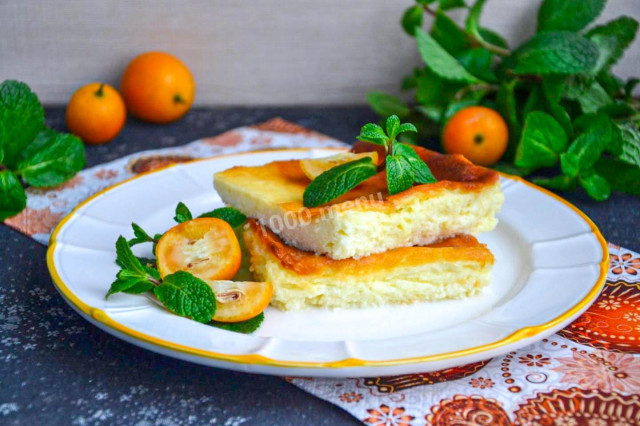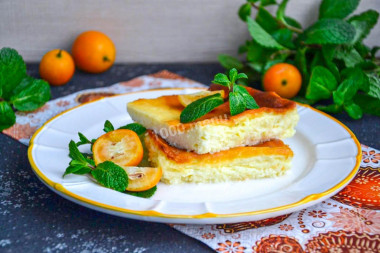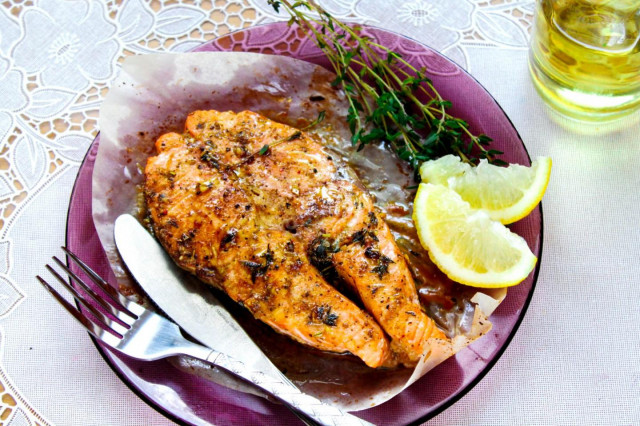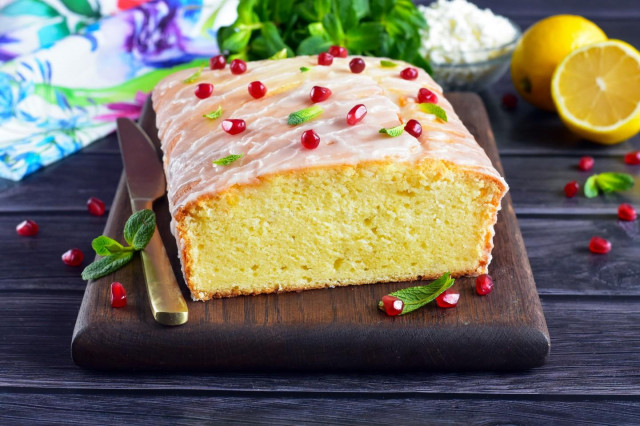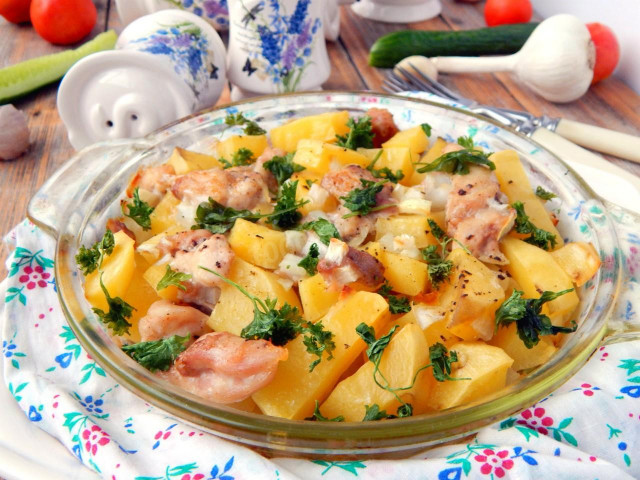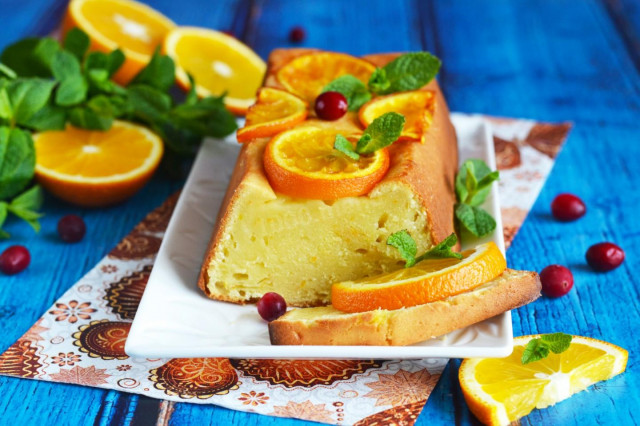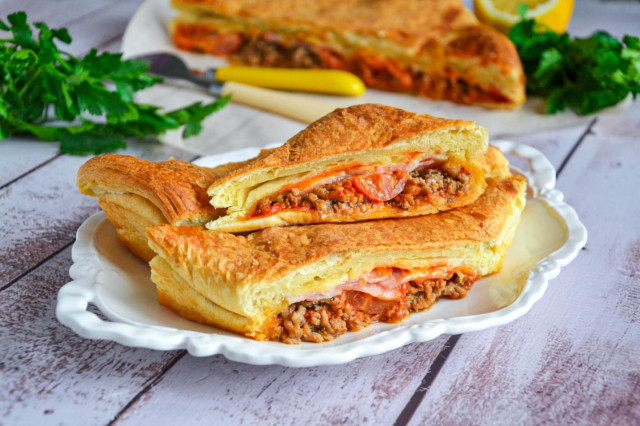Composition / ingredients
Step-by-step cooking
Step 1:
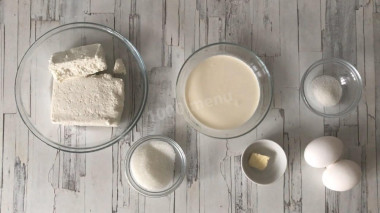
How to make a tender cottage cheese casserole in the oven? Prepare the products. Everyone will be tastier than a casserole of fatty cottage cheese, with a low-fat diet option will turn out. Try to choose soft cottage cheese, not coarse. Cream for this recipe can be of any fat content, but remember that the higher the percentage of fat content of the products you use, the higher the calorie content of the dish will be.
Step 2:
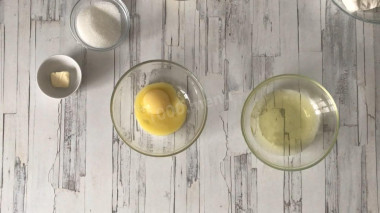
Wash and dry the eggs. Be sure to wash them before use, as even the seemingly clean shell may contain harmful bacteria. It is best to use food detergents and a brush. Separate the whites from the yolks. Do this as carefully as possible, even a drop of yolk will not allow the whites to beat well.
Step 3:
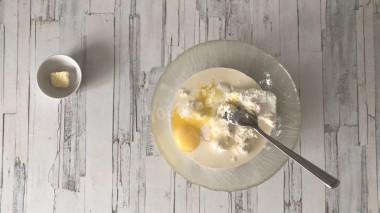
Take a large bowl, put cottage cheese, cream, sugar, vanilla sugar and yolks in it.
Step 4:
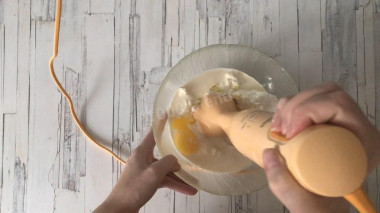
Punch all the products with a blender until smooth. If you don't have a blender, just mix it. But in this case, it is better to wipe the cottage cheese through a sieve beforehand.
Step 5:
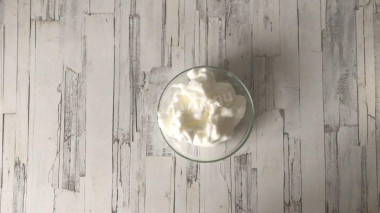
Separately whisk the whites into a strong, stable foam. Use a mixer, manually it will be long and hard. In order for the whites to beat better, they should be warm. A pinch of salt will also help them beat up.
Step 6:
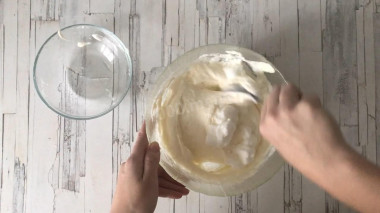
Carefully insert the proteins into the curd mass. Mix them as carefully as possible, trying to preserve the structure.
Step 7:
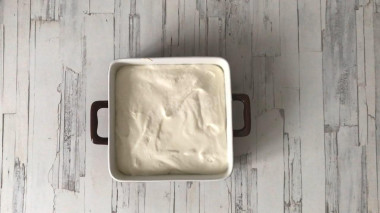
Put the dough in a greased form. Bake the casserole in preheated to 170 °In the oven for about 35 minutes. Keep in mind that everyone's ovens are different. The temperature and cooking time may differ from those specified in the recipe. During baking, the casserole will rise quickly, but as soon as you pull it out of the oven, it will immediately fall. The casserole is very browned, you can cover it with foil. Cool the finished casserole a little and serve it to the table. Enjoy your meal!
Any heat-resistant form is suitable for this recipe. If you use a silicone mold, then you do not need to smear it with butter or margarine. But it is better to lightly lubricate metal, ceramic or glass dishes with vegetable oil so that the baking does not burn.
Cream can be replaced with sour cream, milk or natural yogurt without additives.
How to check if the casserole is ready? As soon as a light golden crust forms on the surface, take a skewer and pierce the casserole in several places. If the skewer is dry, then the casserole is ready.
Caloric content of the products possible in the composition of the dish
- Buttermilk - 36 kcal/100g
- Cream of 20% fat content - 300 kcal/100g
- Cream of 10% fat content - 120 kcal/100g
- Cream - 300 kcal/100g
- Chicken egg - 157 kcal/100g
- Egg white - 45 kcal/100g
- Egg powder - 542 kcal/100g
- Egg yolk - 352 kcal/100g
- Ostrich egg - 118 kcal/100g
- Cottage cheese of 40% fat content - 466 kcal/100g
- Cottage cheese of 20% fat content - 233 kcal/100g
- Cottage cheese of 18% fat content - 226 kcal/100g
- Cottage cheese of 10% fat content - 156 kcal/100g
- Low-fat cottage cheese - 75 kcal/100g
- Cottage cheese with sour cream - 260 kcal/100g
- Fruit cottage cheese - 147 kcal/100g
- Soft dietary cottage cheese - 170 kcal/100g
- Vitalinia cottage cheese - 64 kcal/100g
- Cottage cheese "morning" ( "danone") without sugar - 91 kcal/100g
- Cottage cheese - 156 kcal/100g
- Granulated sugar - 398 kcal/100g
- Sugar - 398 kcal/100g
- Butter 82% - 734 kcal/100g
- Amateur unsalted butter - 709 kcal/100g
- Unsalted peasant butter - 661 kcal/100g
- Peasant salted butter - 652 kcal/100g
- Melted butter - 869 kcal/100g
- Vanilla sugar - 379 kcal/100g

